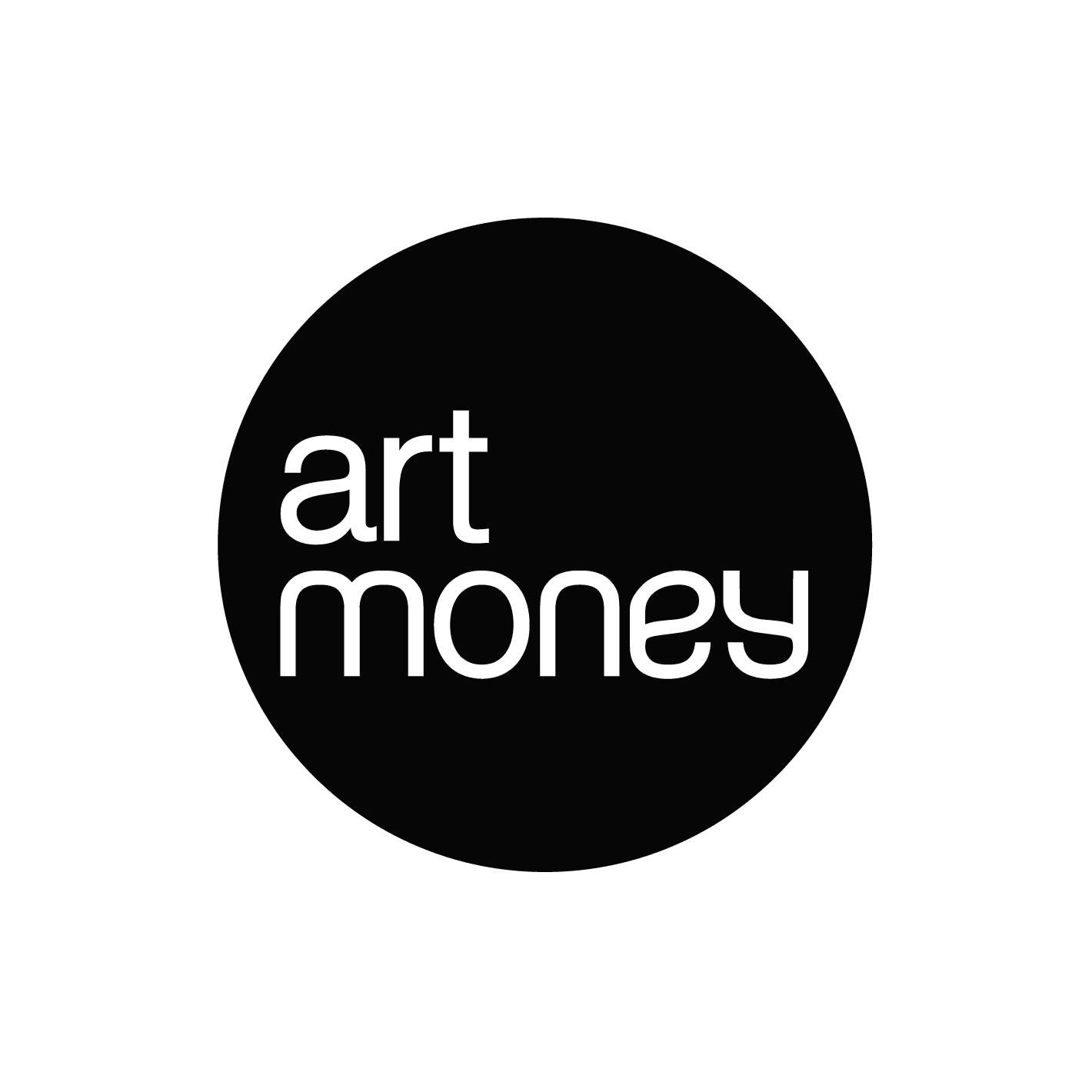“My work comes about as an amalgamation of observation, memory, and imagination, it exists at the intersection of documentary and fiction - life presented as an illusion.”
Ben Westley Clarke’s portraits and scenes of contemporary life have a carnivalesque joyfulness and expressive style. These are vivid and stylised depictions of ordinary places that are nevertheless full of life such as the renowned series of life in Irish pubs. The artist lives and works in Spain today but points to the influence of London “The city taught me to paint quickly, directly and with conviction, and to continually change and edit my work. Its spectacular facades and ugly underbelly- its social divisions, unsentimental pragmatism; the constant state of change have entered into both how and what I paint. London has perhaps developed my conviction that there is more value and interest in bearing witness truthfully than in painting pretty abstract pictures - the city has made me something more like a war photographer than a post-impressionist.”
Modern experience is told in pictures that have a compressed energetic mood, the angled perspective adding to a sense of chaotic rhythm. The artist shares that when drawing from observation, subjects seem to choose him “observation is a wellspring of endless variety and difference - unexpected things constantly appear to challenge and question my own sensibility.” This state of flux allows the artist to develop work that extends beyond the representation of life creating an imaginative world of great power.
Stylistically Clarke’s work is connected to that of early twentieth century Expressionist artists such as Lyonel Feininger, Max Beckmann and Ernst Ludwig Kirchner, namely the black outlines, and exaggerated almost gothic shapes, as well as the views of the public sphere depicted in flat accentuated lines in bright colours. This aesthetic is infused with the influence of historic masters like Brueghel as well as contemporary painters such as Stanley Spencer, David Bomberg, Philip Guston, Mario Sironi, and Renato Guttuso.
Using a mixture of oil paint, palette knives, brushes, sponges, rags and newspaper, markers and charcoal, Clarke tends to fill his entire picture plane with activity, objects and people. In some works, vertically composed scenes the foreground and background seem to veer into one another while other drawings and paintings appear as if windows into intimate scenes of people going about their daily lives, the ordinary made iconic. Whatever the subject matter, the viewer finds oneself immersed in a fragmented angular world full of dark shadow and caricature like figures, the cacophonic story familiar yet uncertain.
Rosa JH Berland

